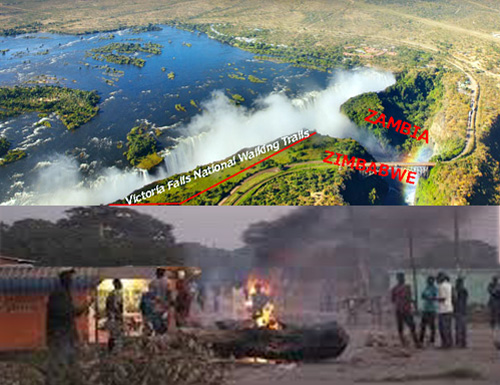
The tug between conservation and hunting has reached a crescendo in Zambia where 30 years of effort by the Frankfurt Zoological Society (FZS) is in jeopardy.
The vast wilderness of eastern Zambia is divided into two great reserves, North & South Luangwa. Like the Serengeti some of the land at the periphery of the these national parks is used for sports hunting.
But unlike the Serengeti Luangwa can well nigh afford hunting. While it contains the richest biomass in Zambia, it’s scant compared to the Serengeti. So as tourism demand increased over the last thirty years Zambian officials correctly reduced leases for hunting.
But in the last 4-5 years tourism has declined continent-wide while there has been a marked increase in demand for sports hunting. So Zambian officials are reversing themselves and allowing more and more hunting.
The most dramatic reversal came in August, 2014.
There was an outcry from the public. This remark taken off the Zambia National Park’s Facebook page is representative:
“Trophy hunting for rich foreigners will not bring tourists to Zambia, it will deter them from coming… I can assure you, I will not visit any country which squanders its wildlife for the pleasure of a few disturbed individuals.”
Immediately the parks authority reversed the reversal, but immediately after that the umbrella state agency above tourism reversed back to the original reversal. The state of confusion has never been resolved.
I see two obvious forces at work here: The first is that sports hunting is on the increase, particularly from Russia and the United States, with very strong increases from a number of South American countries like Argentina. The revenue lost from tourism hurts. From a business point of view, it makes sense to increase capacity in response to increased demand.
But second is probably more significant: the rank confusion reigning between Zambia’s various authorities suggests corruption is rampant. Hunters tend to be quite rich and professional hunting guides are the government pay masters.
Three weeks ago the German embassy hosted a party in Lusaka to celebrate three decades of partnership between FZS and the Zambian government conserving North Luangwa.
A recent elephant survey showed that North Luangwa has the densest elephant population in the country and the most promising black rhino programs.
“I think it is fair to say that 20 years ago no one would have anticipated this development,” the project leader, Ed Sayer, told the guests.
In fairness one of the reasons North Luangwa’s elephant population is the most dense is because there has been so much poaching in the country’s other reserves.
According to Katarzyna Nowak, a South African elephant researcher, Zambia’s Kafue reserve lost almost half its elephant population to poaching since 2004.
North Luangwa is the most remote of Zambia’s reserves. That applies equally to tourists, hunters and poachers. Kafue is much more accessible.
Moreover, hunters themselves are disparaging of Zambia’s reduced game:
“…the quality [of lion and leopard hunting in Zambia] is on the decline due to hunting pressure and one needs a good deal of time to be sure of a good trophy,” writes safariBwana.com which labels itself “The African Hunting Authority.”
Last year neighboring Botswana banned all hunting, and until then it had been a significant hunting destination.
Scraping the old barrel to get the last bit of honey out of it might just crack the barrel.
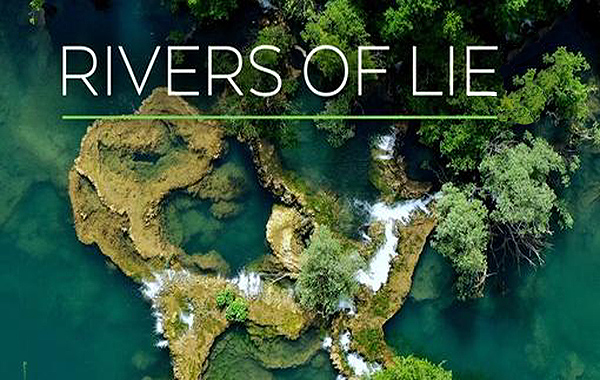 Who cares that an elephant eats 150 pounds and not 250 pounds per day; or whether the peak of the dry season somewhere is October not September; or whether the start of a river is some unknown spring in the wilderness rather than a branch of hundreds of springs or rivers; or whether a huge part of Africa is independent or a part of Zambia?
Who cares that an elephant eats 150 pounds and not 250 pounds per day; or whether the peak of the dry season somewhere is October not September; or whether the start of a river is some unknown spring in the wilderness rather than a branch of hundreds of springs or rivers; or whether a huge part of Africa is independent or a part of Zambia?
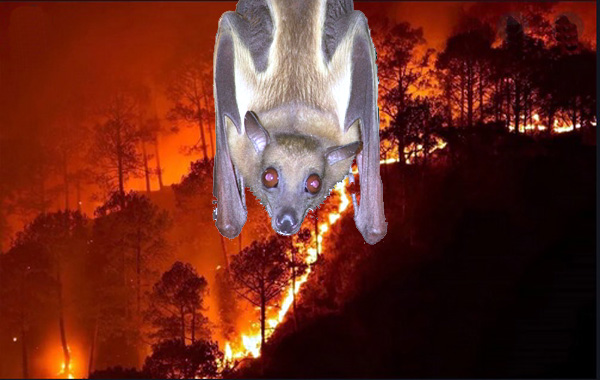
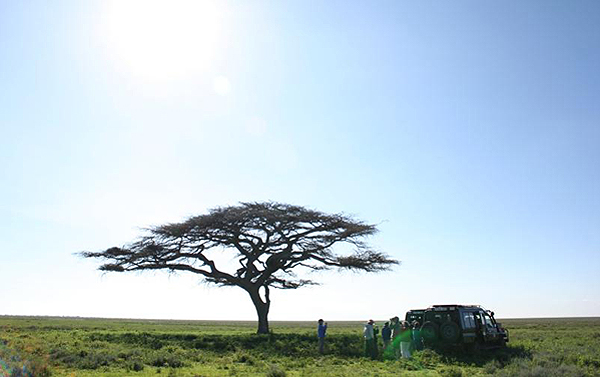 I’m betting that a vaccine will be ready by the first of the year and that Kenya, South Africa and a number of other sub-Saharan countries will require all travelers to prove they are vaccinated in order to gain entry.
I’m betting that a vaccine will be ready by the first of the year and that Kenya, South Africa and a number of other sub-Saharan countries will require all travelers to prove they are vaccinated in order to gain entry.
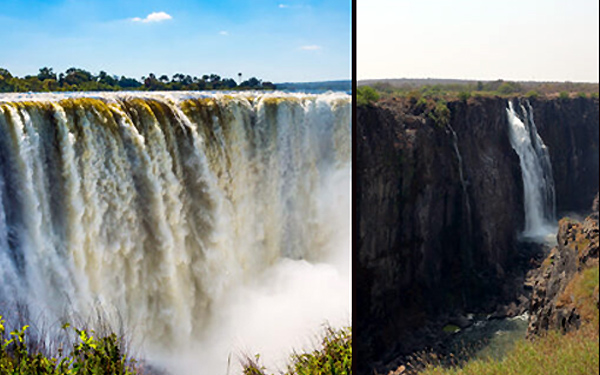 Victoria Falls without falls is disturbing enough but there are even more disturbing aspects to the viral dissemination of the falls turned off.
Victoria Falls without falls is disturbing enough but there are even more disturbing aspects to the viral dissemination of the falls turned off.
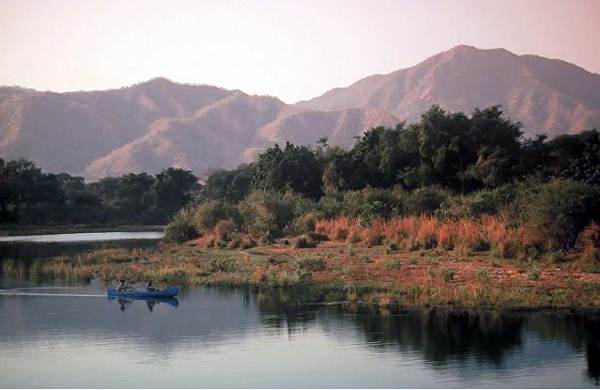 Next week the Zambian High Court
Next week the Zambian High Court 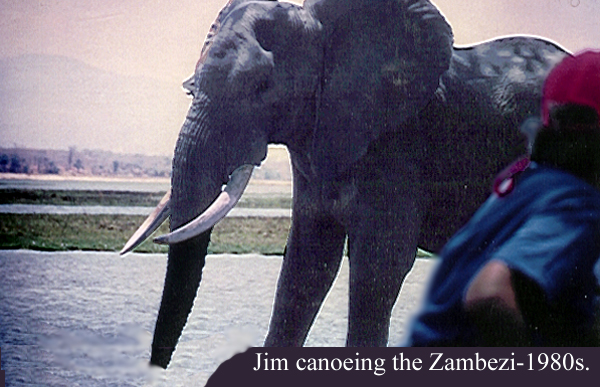 A Florida woman canoeing down the Zambezi nearly
A Florida woman canoeing down the Zambezi nearly 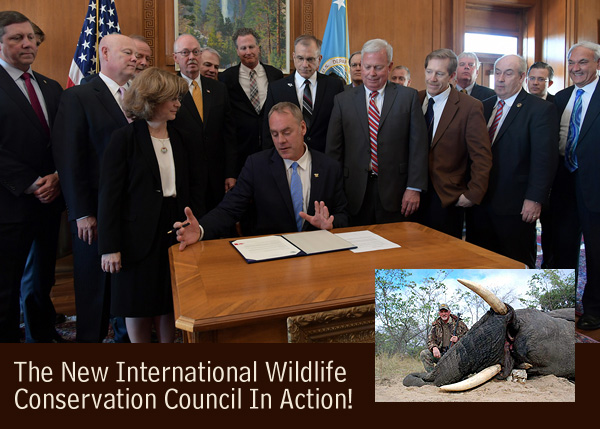 Here’s
Here’s 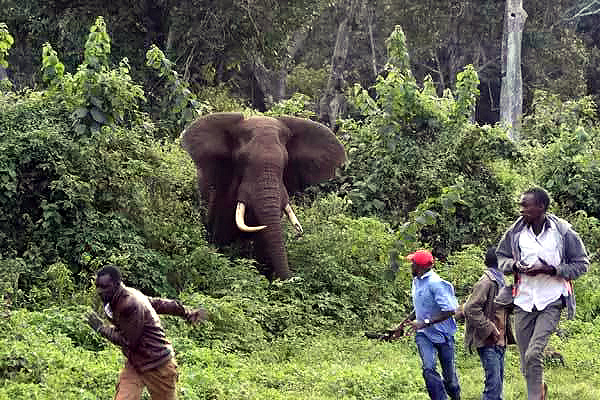 Another two tourists
Another two tourists  After elephants “terrified” a Kenyan politician campaigning near Tsavo National Park, the candidate
After elephants “terrified” a Kenyan politician campaigning near Tsavo National Park, the candidate 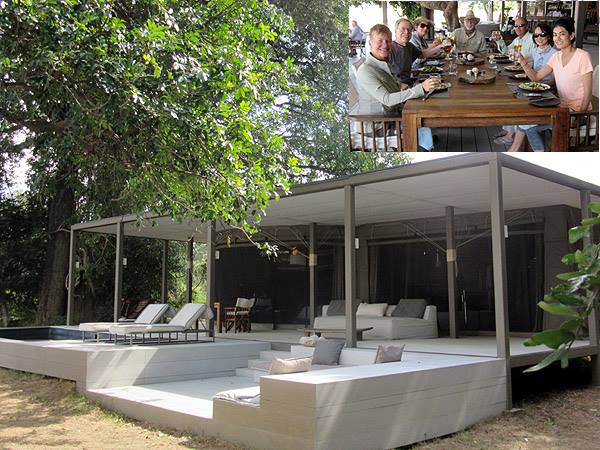 The middle of sub-Saharan Africa, about a million square miles, includes the “sand river” big game wildlife parks. We’ve just finished 16 days exploring these less visited areas, and we had a ball and some incredible successes game viewing.
The middle of sub-Saharan Africa, about a million square miles, includes the “sand river” big game wildlife parks. We’ve just finished 16 days exploring these less visited areas, and we had a ball and some incredible successes game viewing.
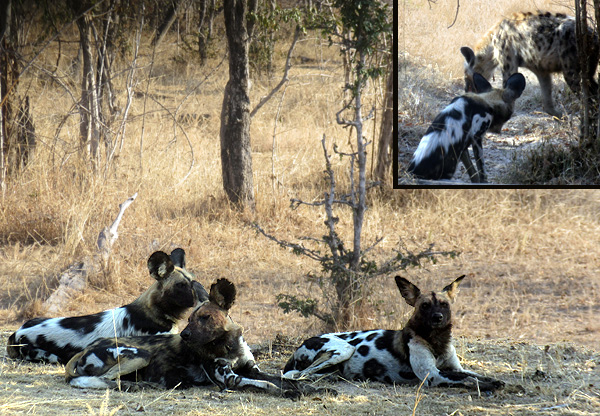 Finishing our first extraordinary dinner on the banks of the Luangwa River, the best of South African wines were still pouring into our glasses. Hurricane lamps lit our elegantly set table and the southern cross with a million other twinkling stars bounced off the river like fireflies.
Finishing our first extraordinary dinner on the banks of the Luangwa River, the best of South African wines were still pouring into our glasses. Hurricane lamps lit our elegantly set table and the southern cross with a million other twinkling stars bounced off the river like fireflies.
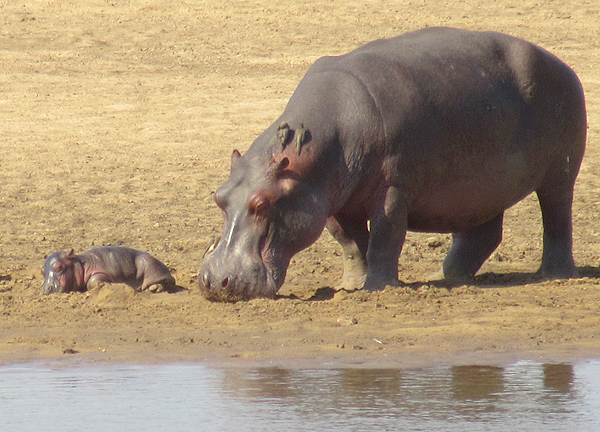 The rains north of the Zambezi were good and normal as they had been the year before. So the wild highveld of the valley was saved from the devastating drought just south. There was nothing unusual that the great Luangwa was slowly drying up, pulling in from its sometimes third-mile wide caked sand banks. This was normal. It was the solstice. Winter was here and all was still well.
The rains north of the Zambezi were good and normal as they had been the year before. So the wild highveld of the valley was saved from the devastating drought just south. There was nothing unusual that the great Luangwa was slowly drying up, pulling in from its sometimes third-mile wide caked sand banks. This was normal. It was the solstice. Winter was here and all was still well.
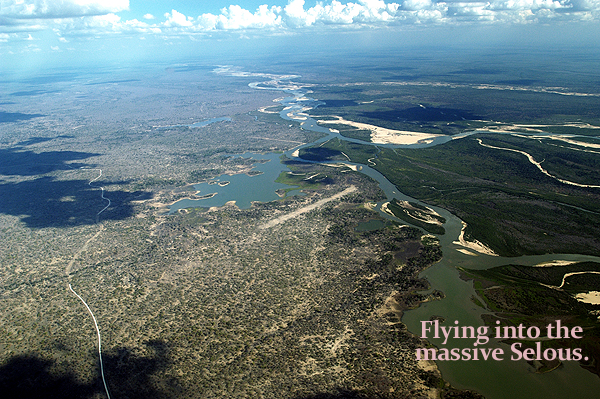 OnSafari: Going into the bush, again! A wonderful small group of people, and joined for part of the time by the most important person in the world, my wife!
OnSafari: Going into the bush, again! A wonderful small group of people, and joined for part of the time by the most important person in the world, my wife!
